ESKOM warned on Tuesday that it would find it more difficult to avoid load shedding, after the National Energy Regulator of SA (Nersa) refused to allow it to claw back most of what it spent on the diesel-powered turbines that kept the lights on during 2013-14.
Nersa on Tuesday granted Eskom a 9.4% tariff increase for 2016-17 — far short of the 16% it had requested.
Nonetheless, the reaction from industry and trade unions was dismay and concern over the effects of higher electricity prices on the economy.
Eskom applied to Nersa in November to raise tariffs above the already agreed 8%, using the regulatory clearing account (RCA) mechanism. This allows it to claw back unexpected costs that Nersa considers to have been incurred not due to internal inefficiency or imprudence. The costs are then added to the coming year’s tariff. In total, Eskom applied to recover R22.8bn from consumers, but was allowed only R11.2bn, which will amount to an overall tariff increase of 9.4%.
Diesel is by far the biggest item for which Eskom is out of pocket. It spent R8bn more than budgeted for, but Nersa has allowed it to recover only R1.25bn.
Nersa’s reasoning was that while Eskom used the diesel turbines to keep the lights on, it should have been using its coal plants. But these were unavailable due to plant breakdowns and the late completion of Medupi and Kusile, which Eskom had anticipated would have been producing electricity.
Instead of allowing Eskom to recover the diesel costs, it permitted only what it would have cost to produce the same amount of energy had it used its coal plants.
Eskom responded to the decision with a terse warning that the grid remained constrained and that the risk of load shedding was a reality. In a statement, CE Brian Molefe inferred that should Eskom be unable to recover diesel costs in the future, the risk of load shedding would be heightened.
"The OCGTs (open cycle gas turbines) are part of our emergency portfolio and have been used in the past to avoid or limit load shedding with the understanding that we can recover these costs within the RCA process. The recovery of diesel costs is now seriously in question with Nersa’s current decision. We will do our best to minimise the risk of load shedding, striking a balance with Eskom’s already depleted balance sheet," Mr Molefe said.
Energy analyst Chris Yelland said that in terms of the RCA methodology — in which costs must be prudently incurred and not arise out of internal inefficiences — Nersa had made the right decision.
"It is unreasonable for Eskom, who are the cause of the late delivery of Medupi and Kusile, to threaten that in the future it will not use the diesel turbines to keep the lights on.
"Since they are the source of the problem, they must mitigate its effects," said Mr Yelland.
Mr Molefe also noted that the decision did not address "Eskom’s continued financial sustainability".
Eskom spokesman Khulu Phasiwe said that the result would be that Eskom would have to borrow more.
Public Enterprises Minister Lynne Brown said she was aware that Eskom needed additional revenue to complete its build programmes. "I have requested Eskom to provide me with a report about the impact of the decision on their programmes," she said.
Chamber of Mines CEO Roger Baxter said that "while the increase is significantly higher than inflation, it is more palatable than the 16% increase that Eskom applied for. However, for the struggling mining sector, this will increase the cost base."
The Steel and Engineering Industries Federation of SA (Seifsa) said the tariff increase would have a crippling effect — and not only on the embattled metals and engineering sector, which has not recovered since the 2008-09 financial crisis, and has deteriorated further since June last year.
"Production is currently 30% below the peak of 2007," said Seifsa chief economist Henk Langenhoven.
The National Union of Metalworkers of SA warned that the hike would hurt working class consumers and employment levels.


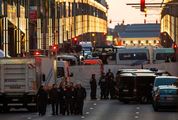
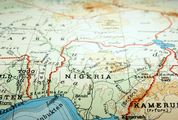



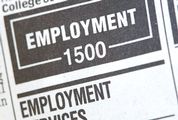
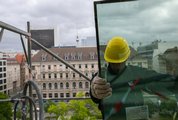




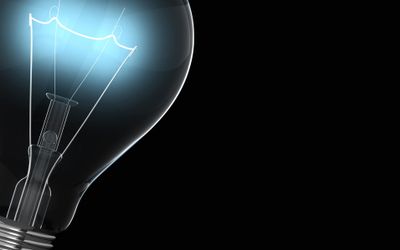





Change: -1.54%
Change: -1.49%
Change: -2.02%
Change: -0.73%
Change: -4.01%
Data supplied by Profile Data
Change: 0.10%
Change: -0.45%
Change: -1.54%
Change: 0.00%
Change: -0.56%
Data supplied by Profile Data
Change: 1.08%
Change: 0.40%
Change: 0.78%
Change: 1.11%
Change: -0.12%
Data supplied by Profile Data
Change: -2.22%
Change: -3.92%
Change: -4.10%
Change: -3.81%
Change: -2.53%
Data supplied by Profile Data